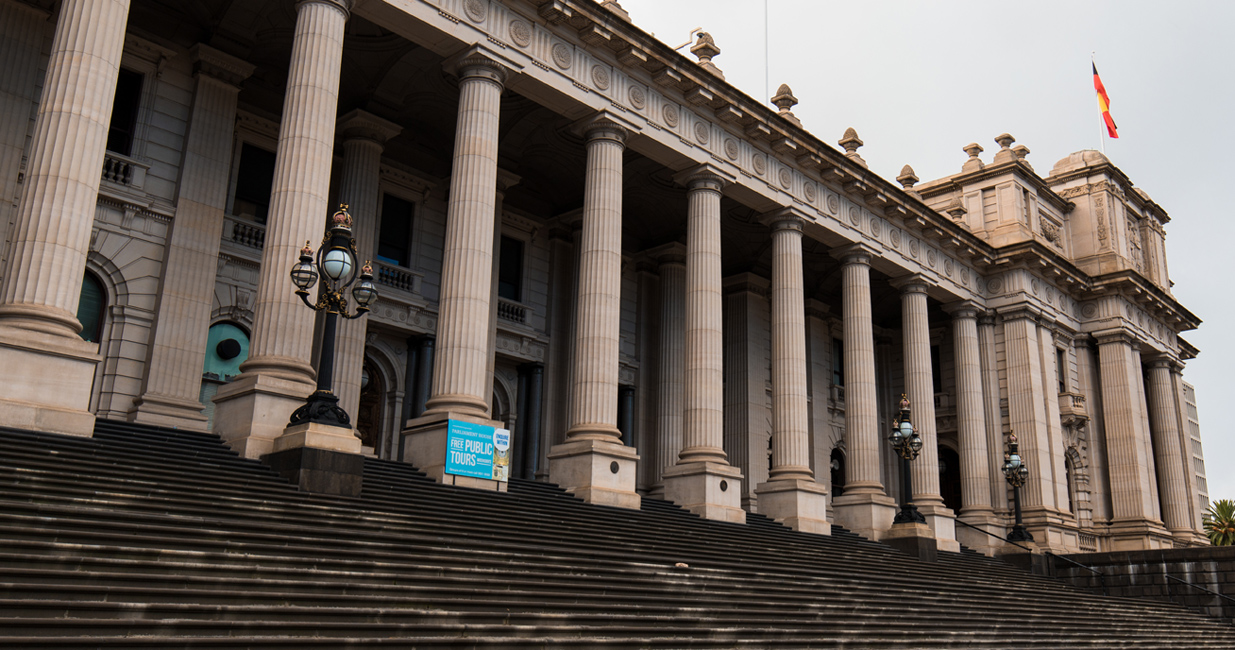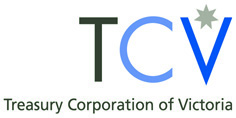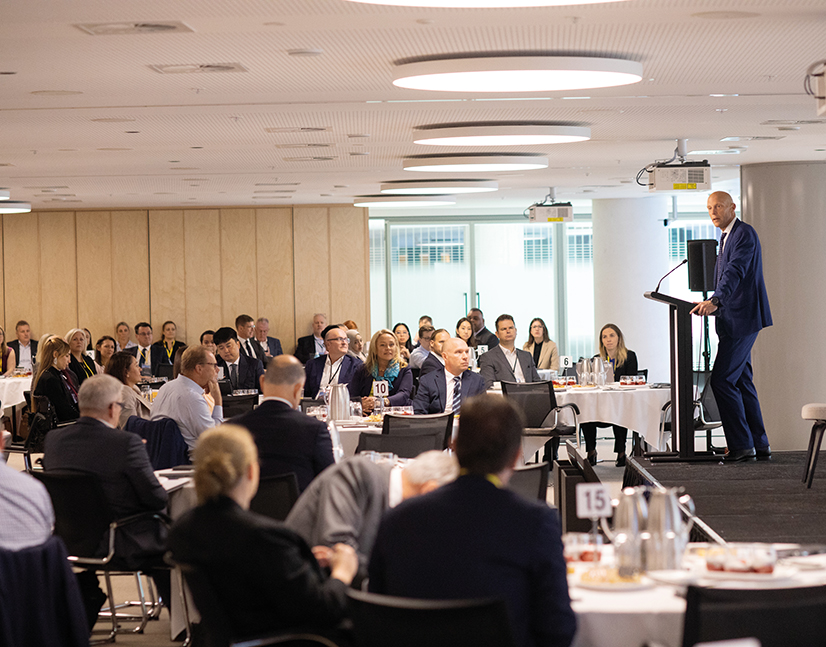
Victoria confronts a crisis from a rock-solid base
Victoria was arguably the best performer among Australia’s states going into the COVID-19 crisis. Despite significant local and national challenges, the state’s Melbourne-based treasurer, Tim Pallas, says its goal is to chart a path back to positive outcomes in future.
Victoria came into the COVID-19 crisis in a strong budget position with plenty of headroom in its debt position. How has the position changed since the onset of the crisis?
Victoria was in a strong financial position before the coronavirus crisis. The state’s March quarterly financial report stated that, except for the extraordinary bushfire and pandemic events, the state’s budget would have remained in surplus for 2019/20.
The government has responded to the health crisis with investments to secure the survival of businesses and commence economic recovery, as well as support for the health system.
Through the recently passed Appropriation (Interim) Bill 2020, the Victorian government secured the authority to spend A$24.5 billion (US$17 billion) in emergency funding to save lives, support jobs and businesses, and set Victoria up to recover from the pandemic over the next two years.
The A$24.5 billion amount was developed to ensure there was adequate capacity ahead of the 2020/21 budget to deal with a health emergency that was uncertain in its size and complexity.
It may not be that the full A$24.5 billion will be required. The economic recovery will require further investment over the coming months and as part of the 2020/21 Victorian budget.
Can the state government maintain its commitmnet to infrastructure investment in the COVID-19 era?
The Victorian government’s infrastructure pipeline has always been a cornerstone for Victoria’s economy. Now, as we face the biggest economic challenge in generations, the government’s A$2.7 billion Building Works package is investing in thousands of additional shovel-ready projects and creating jobs across the state.
While the government is continuing to deliver its multi-billion dollar Big Build transport construction agenda, the Building Works package is orientated towards smaller projects that Victoria needs, which can get going and get thousands of people back to work.
All businesses that contract with the Victorian government to deliver Building Works projects are required to seek new employees through Working for Victoria in the first instance. Working for Victoria assists businesses to employ Victorian jobseekers, including people who have lost their jobs as a result of COVID-19, in roles that support our community and help Victoria’s recovery.
Building Works projects include new and upgraded schools, a big boost for public and community housing, resurfacing and patching roads, regional track improvements, railway station repairs, and upgrades at tourism destinations and local sporting facilities.
Together, these projects will create 3,700 direct jobs across a diverse range of skill areas – including construction workers, painters, plasterers, gardeners, engineers, plumbers, electricians, maintenance workers and administrative staff. Thousands more jobs will be created across our supply chains, while also pumping extra dollars back into our economy. The government has also established a A$180 million planning and acceleration fund to ensure it keeps momentum going as we continue to rebuild our economy.
Building and construction are critical to our recovery from this pandemic, to resurrecting our economy and creating the jobs that let families breathe easier, that let young people dream of the future and that allow us all to enjoy life. There is no doubt that these are challenging times. But Victoria is as well placed as it could be to face them, with years of growth and prosperity behind us.
How significant is revenue decline and what is the state government doing to shore up revenue?
There is no doubt that COVID-19 will have a substantial impact on government revenues around the country – including here in Victoria. The government has already announced substantial payroll-tax relief of more than A$550 million to help tens of thousands of businesses get through this crisis.
As a result of coronavirus and the strong measures governments have put in place to slow the spread of the virus and save lives, we have seen a substantial fall in employment – and an even larger fall in the number of hours worked. The combined effect on payroll-tax revenue will be significant.
The Victorian residential property market was improving at the start of the year, but the pandemic has significantly disrupted property-market activity and reduced transaction volume. The impact is negatively affecting land-transfer duty collections.
What the government will have no part of is driving the economy down further by imposing unwarranted austerity measures at the worst possible time, in a vain attempt to hold on to revenue forecasts that no longer reflect the reality we face. Instead, this government will look at the appropriate balance of taxes required to fund the services and infrastructure Victorians expect and deserve, while supporting the economic recovery.
Consistent with our record of tax reform, we will continue to look for opportunities to enhance the state’s productivity and competitiveness – and to build a better future for all Victorians.
S&P Global Ratings (S&P) now has Victoria on negative outlook. Other states have managed the loss of triple-A status – how important is keeping it to Victoria?
We’re pleased Victoria has retained its triple-A credit rating, which is in line with that of the federal government. S&P put the state on negative outlook because the arrival of the COVID-19 pandemic in Australia and the associated government responses are severely disrupting Victoria’s economy and putting pressure on the state’s finances.
The triple-A credit rating remains an important financial-management objective of the government. Maintaining a triple-A rating ensures that the state’s finances are in a strong position and the state has access to funding at the lowest possible cost.
While no jurisdiction will be immune to the economic challenges coronavirus is creating, our strong financial management means we are well placed to rebuild and recover from this pandemic. The government will maintain a responsible budget and debt-management strategy to ensure the state maintains the highest possible credit rating.
A main concern of analysts is what sort of gap might be exposed if the federal government’s “bridge” runs out around Q3 this year while the economy is not yet in full recovery mode. How is the state government thinking about this issue?
The governor of the Reserve Bank of Australia (RBA) has suggested the economy will need support from monetary and fiscal policy for some time, noting there are “certain risks” in withdrawing support too early. The RBA has said it will keep monetary support going for a long time and it is hopeful fiscal support will be maintained too, especially if the economic recovery is drawn out.
Here in Victoria, we agree there is a clear case for extending the support being provided to Australians, such as JobKeeper. We will continue to work with the Commonwealth government through the national cabinet and the treasurers’ forum, and to advocate for economic support that will help the Victorian and Australian economies recover from this crisis. Additionally, we’ve long led the call for the Commonwealth to fast-track infrastructure spending.
We are also working hard to attract investment in high-growth and high-value industry sectors like digital technology, advanced manufacturing, clean energy, agri-food, and health and life sciences. Boosting productivity is key to ensuring Australia weathers the current global uncertainty and returns to economic growth over the long term.
To drive economic growth, it is vital Victoria has a committed partner in Canberra.
What makes the state government confident a policy response plotted during the acceleration phase of the pandemic in mid-March remains appropriate to what may be a less significant public health crisis than was first feared?
We remain vigilant and agile in our response, as evidenced by the latest restrictions. Decisions taken in March are constantly being reviewed based on the latest health advice and the best economic advice.
The strong measures governments around Australia took to slow the spread of coronavirus have been very successful by international standards, but we know the pandemic is not over and there is no room for complacency.
We also know that these strong measures have had significant impacts on our economy. While updated forecasts from the Commonwealth government and International Monetary Fund suggest the economic downturn may not be as severe as first feared, Australia is still experiencing its first recession in almost 30 years – with one of the steepest falls in economic activity on record.
The government is determined to do what it can to help Victorian businesses, households and workers survive this crisis. We also want to ensure business can recover in a sustainable way. We want to lift businesses out of this negative economic environment so we can continue to thrive as a state on the other side of the pandemic.

HIGH-GRADE ISSUERS YEARBOOK 2023
The ultimate guide to Australian and New Zealand government-sector borrowers.











